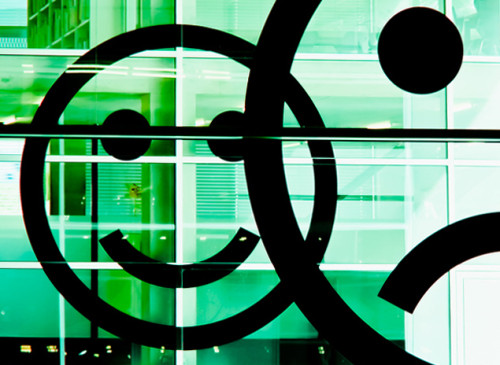By Paul Biedermann

It is common for a client to ask for something and then wonder why the designer wonÂt just give them what they want. After all, Âthe customer is always right.Â
Wrong.
That may work in a fast food restaurant or a shoe store, but when it comes to working in the area of professional design communications, it gets a bit more complex than that. And really, you  as the client  shouldnÂt want it any other way. In fact, if a designer isnÂt asking questions and challenging assumptions, they are probably not very good and you wonÂt be realizing the full power of what design can bring to your business.
The key is to not interpret pushback as being difficult, but rather as a welcomed and necessary part of the process for doing good work. In other words, the way to begin a project with a designer is not by telling them what to do, but rather by laying out the objectives to be achieved and then letting them recommend a solution. Designers are problem solvers, not decorators. Design usually satisfies a host of different needs and requirements, and that means a defined process is necessary to get there.
So, if a designer seems like they are giving resistance and arenÂt listening to what you want, it is possible that they are simply trying to pursue the path to success, which isnÂt always as clear cut as it may seem. It may also include redefining the problem in order to proceed most effectively and arrive at the best solution for your business. And if they keep coming back to the same questions, it is likely they havenÂt yet received the information they need to do their jobs well  so rather than writing it off as being difficult, itÂs worth keeping an open mind that perhaps they really have only your best interests at heart.
The best design experiences occur when the designer and client work in collaboration, each respecting the otherÂs contributions to a successful outcome.
The perfect client:
 Clearly articulates the goals, objectives and problem to be solved.
 Provides any supporting information and practical considerations pertinent to the project.
 Is timely in reviewing preliminary designs and responsive to any communications
 Understands that the designer is as interested in the successful outcome of the project as they are.
A good designer:
 Pays careful attention to the goals of the project and what needs to be accomplished.
 Requests any details, information or content necessary for proceeding with the project that hasnÂt already been provided.
 Stays on top of the schedule and keeps the client engaged at key phases throughout the duration of the project.
 Understands that the client is the ultimate decision-maker and does what is necessary to ensure as smooth a process as possible for an effective design solution.
This is a quick summary, of course  but these are the key roles and responsibilities that any successful design collaboration requires. If friction develops at any point during the process, it is usually because one of these points is missed.
DonÂt make the mistake of dismissing someone who is persistent for a Âdefensive designer with a big ego. Those exist too, of course, but it is usually a matter of someone who has practiced their craft for a long time, knows how to get the job done, and is passionate about what they do. Respect their expertise and they will respect yours, and it will likely be a fruitful process for both of you  and the project wins.
The design process can be fun, challenging and invigorating. For that to happen, it is important that each side fulfills its basic responsibilities  working together, which also means letting the other side do what it does best.
Embracing ambiguity during the often Âmurky process of design can have a big payoff down the road  but it also means trusting your designer, so make sure you hire a good one!
Image via Creative Commons, Amber De Bruin.